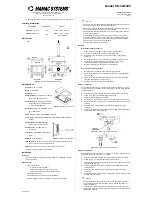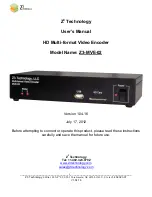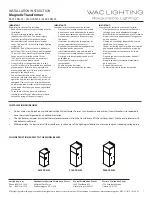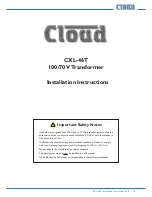
Op
Code
Register
Address
#
Words
Data
8 bits
16 bits
8 bits
32 bits
SPI Header
Data
AHB_xx_BURST_START
AHB_xx_BURST_READ/WRITE
AHB_xx_BURST_END
CS
Op
Code
Reg
Address
#
Words
Data
8 bits
16 bits
8 bits
32 bits
CS
AHB_xx_32
Firmware
20
SLLU216 – July 2019
Copyright © 2019, Texas Instruments Incorporated
SPI to CAN FD SBC + LIN Transceiver BoosterPack User's Guide
For the multi-register read and write functions, there are 3 individual function calls to perform the read or
write. The start of the SPI transaction transmits the correct command code, register address, and number
of words that is transmitted but does not start any data transfer. The READ/WRITE functions do the actual
data transfer to make it easier to put into a loop to handle each word of reading and writing. The END
function pulls the CS pin high to signal to the TCAN4550-Q1 that the SPI transaction is complete.
Figure 11. 32-bit SPI read or write example
In
, a single 32-bit ( 1 word ) SPI read or write example is shown. The first word contains the SPI
header, which tells the TCAN4550-Q1 what action to perform (read or write), what register address to start
at, and how many words of data to read/write.
Figure 12. SPI packet breakdown
shows how a single word read or write can be broken up into 3 functions. The START function
pulls CS low and sends the SPI header. The READ/WRITE function is responsible for reading or writing a
single word at a time, for however many words were stated in the SPI header. The END function is
responsible for pulling the CS high, to signal the end of the transfer.















































